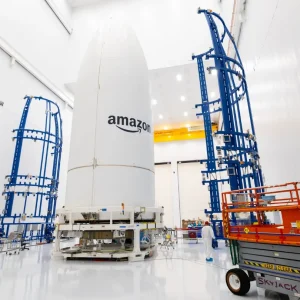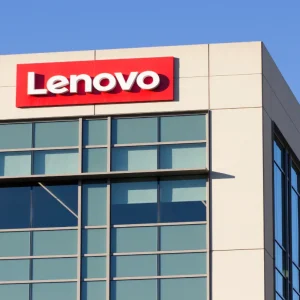
American conglomerate Honeywell this week announced it is teaming up with network giant AT&T to deploy IoT technology across the former’s connected freight offering. The aim is to improve turnaround time and costs, the two said in a joint statement.
Honeywell’s Connected IoT Freight solution is a scalable platform that tracks and monitors critical shipments while they are being transported.
Sensor tags are attached to assets, pallets or individual packages to provide information such as location, temperature, light, humidity and pressure.
The partnership comes after 100 major logistics warned late last year that their adoption of IoT was being stymied by unreliable communications networks.
AT&T and Honeywell’s system works via a mesh network protocol which allows the sensors to communicate data back to a nearby centralised gateway device. Logistics providers access a dashboard to receive status alerts and can react quickly to incidents which occur during shipping to prevent damage and lost.
“Our IoT collaboration with AT&T is adding value to the transportation and logistics products we provide our customers across the globe,” said Sameer Agrawal, general manager of IoT Solutions for Honeywell Safety and Productivity Solutions. “It gives logistics providers near real-time data insights about their shipments in-transit. And we can unleash a wide array of connected products and services for aircraft operators.”
Broadband cellular connectivity has dominated the IoT landscape for the past ten years, with its advantages of global reach, scalability, diversity, and high bandwidth capabilities. It is not always an option however and connectivity can be patchy. Some systems use satellite services, yet few IoT systems need such robust capabilities.
New Low-Power Wide-Area (LPWA) networks are also beginning to enter the IoT space as alternative wide area network technologies to short-range networks like Wifi. LPWA technologies provide benefits including opportunities to help lower the total cost of ownership plus providing extended coverage and longer battery life.






